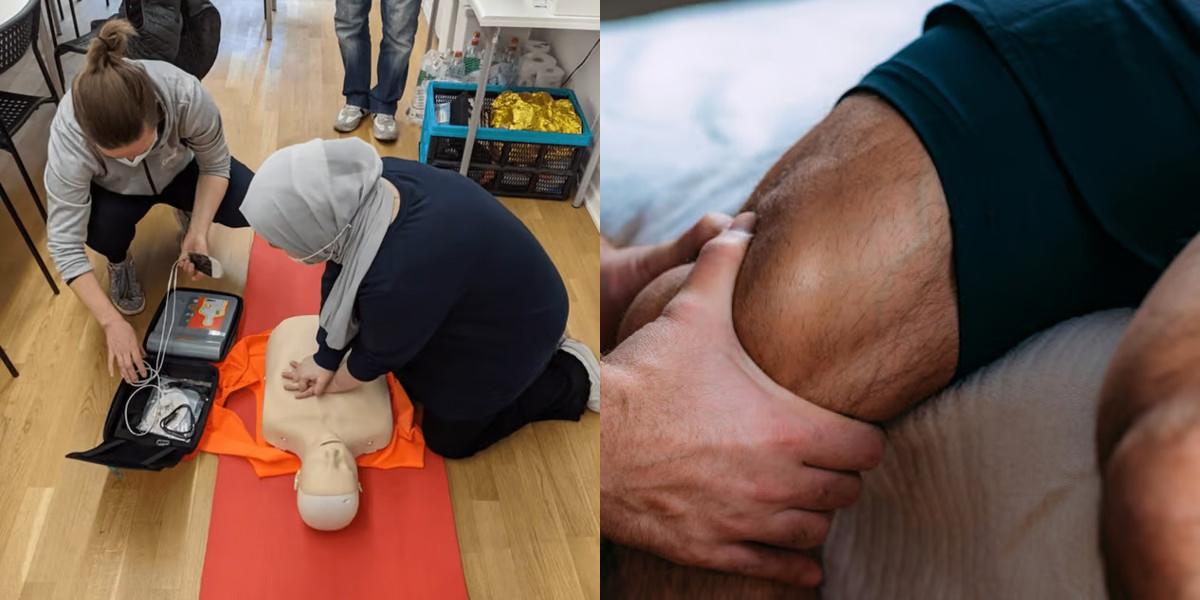CPR-BLS vs Massage Therapist

Key Points:
- CPR-BLS providers focus on emergency life-saving techniques, while Massage Therapists provide a therapeutic touch for relaxation and pain relief.
- CPR-BLS providers may have lower average pay, but Massage Therapists' income can vary widely based on location and specialization.
- CPR-BLS jobs are more widely available, as they are required in various industries, while Massage Therapist jobs may be more concentrated in specific settings.
- CPR-BLS training is often shorter and can be done online, while Massage Therapist training is typically longer and requires in-person instruction.
- CPR-BLS training is generally more affordable and quicker, while Massage Therapist training can be more expensive and take several months to complete.
CPR-BLS and Massage Therapy are both rewarding career paths that require specialized training and skills. While they both involve helping others, the nature of the work and the training required are quite different. Let's take a closer look at what each of these careers entails.
CPR-BLS vs Massage Therapist: Education and Training
The education and training required for CPR-BLS providers and Massage Therapists differ significantly:
-
CPR-BLS Provider:
- CPR-BLS training programs are typically offered by organizations such as the American Heart Association or the Red Cross. These programs can be completed in a matter of hours and cover essential life-saving techniques, including CPR and AED use. Certification is usually required to practice as a CPR-BLS provider.
-
Massage Therapist:
- Becoming a Massage Therapist requires more extensive training. Most states require completion of a massage therapy program that includes both classroom instruction and hands-on practice. These programs can range from several months to over a year in duration, depending on the state's requirements. After completing the program, Massage Therapists need to pass a licensing exam to practice legally.
CPR-BLS vs Massage Therapist: Career Outlook and Salary
Now, let's take a look at the career outlook and salary potential for CPR-BLS providers and Massage Therapists:
-
CPR-BLS Provider:
- The demand for CPR-BLS providers is expected to remain steady, as emergencies can happen at any time. These professionals are often employed by hospitals, clinics, and emergency medical services. The median annual wage for Emergency Medical Technicians (EMTs), which includes CPR-BLS providers, was $35,400 in May 2020, according to the Bureau of Labor Statistics.
-
Massage Therapist:
- The demand for Massage Therapists is projected to grow much faster than average, with a 21% increase in employment expected between 2019 and 2029. This growth is driven by an increasing awareness of the benefits of massage therapy for relaxation and overall well-being. The median annual wage for Massage Therapists was $42,820 in May 2020, according to the Bureau of Labor Statistics.
Final Thoughts
Both CPR-BLS and Massage Therapy are rewarding vocational careers that allow individuals to make a positive impact on others' lives. While CPR-BLS providers focus on saving lives in emergencies, Massage Therapists work to promote relaxation and healing through therapeutic massages. The training and education required for each career differ significantly, as do the job responsibilities and work environments. Ultimately, the choice between CPR-BLS and Massage Therapy depends on an individual's interests, skills, and career goals.
Dreambound extends its programs to various locations. Visit the suggested blogs to delve deeply into the intricate details of the two vocations, learning about their respective requirements and gaining valuable insights on how to kickstart your involvement:





